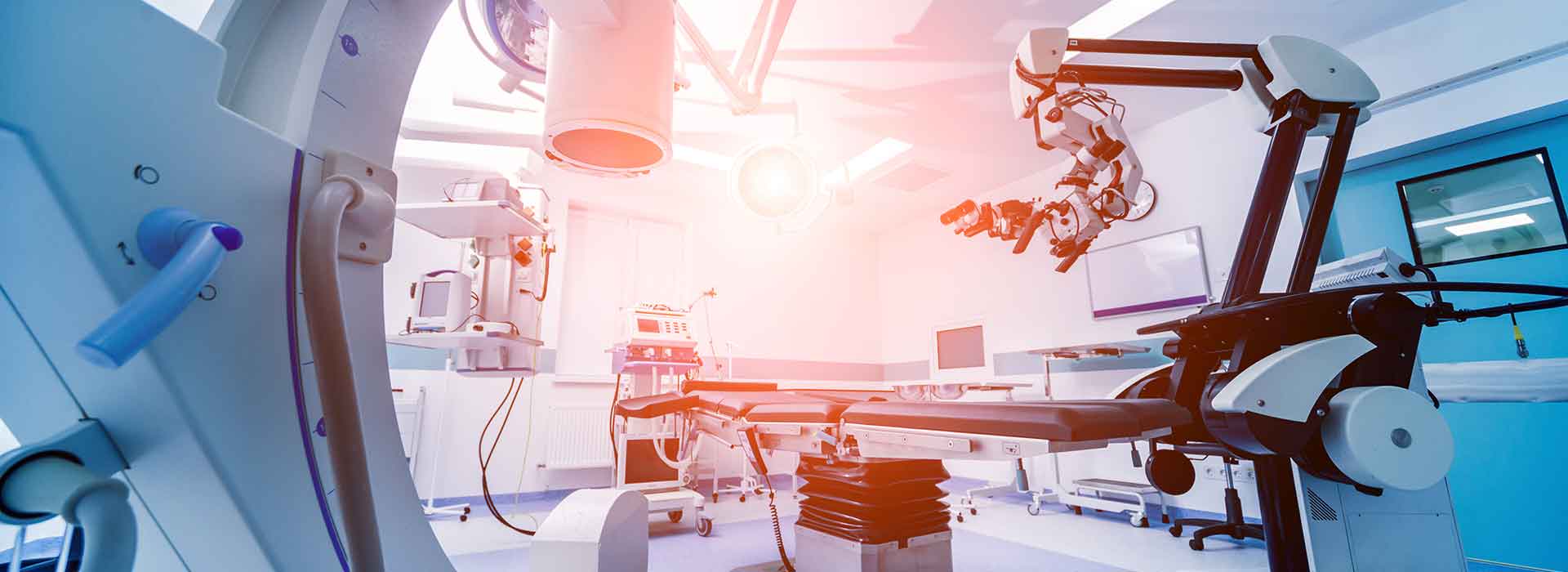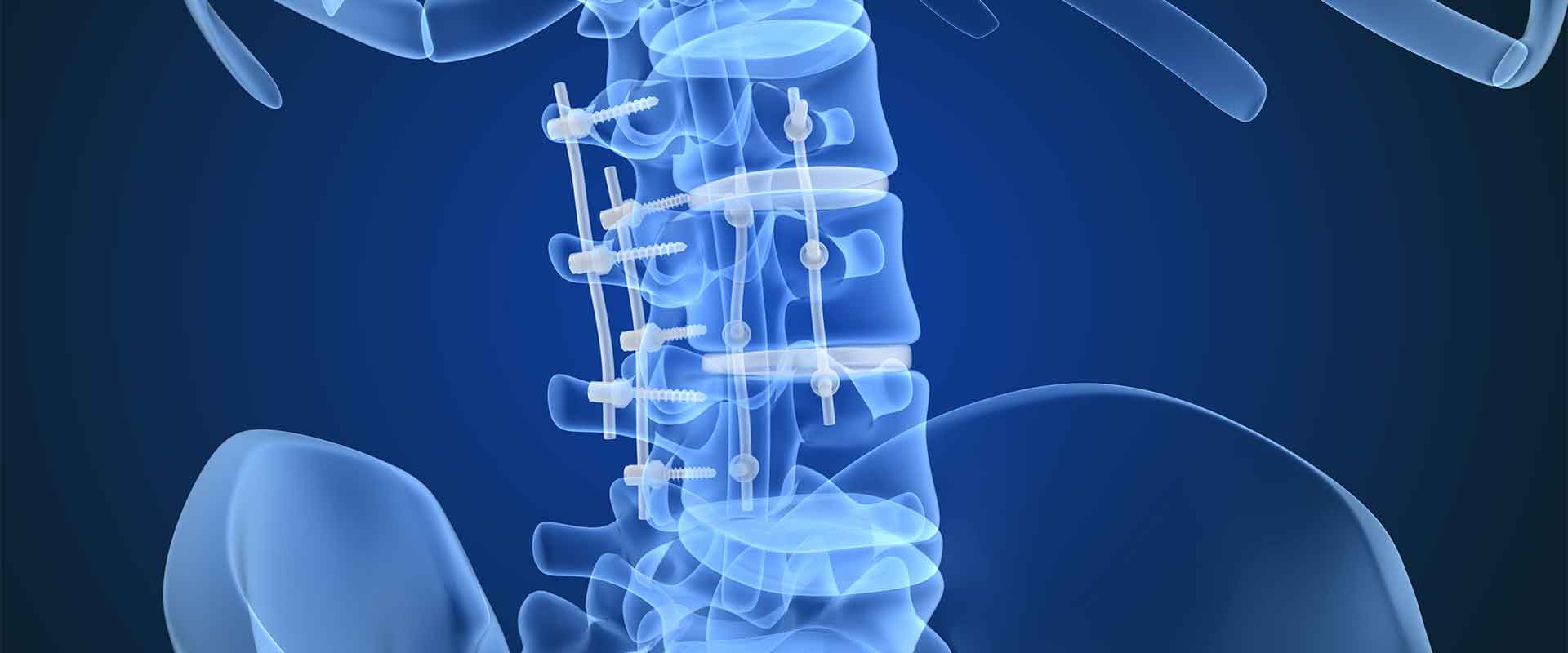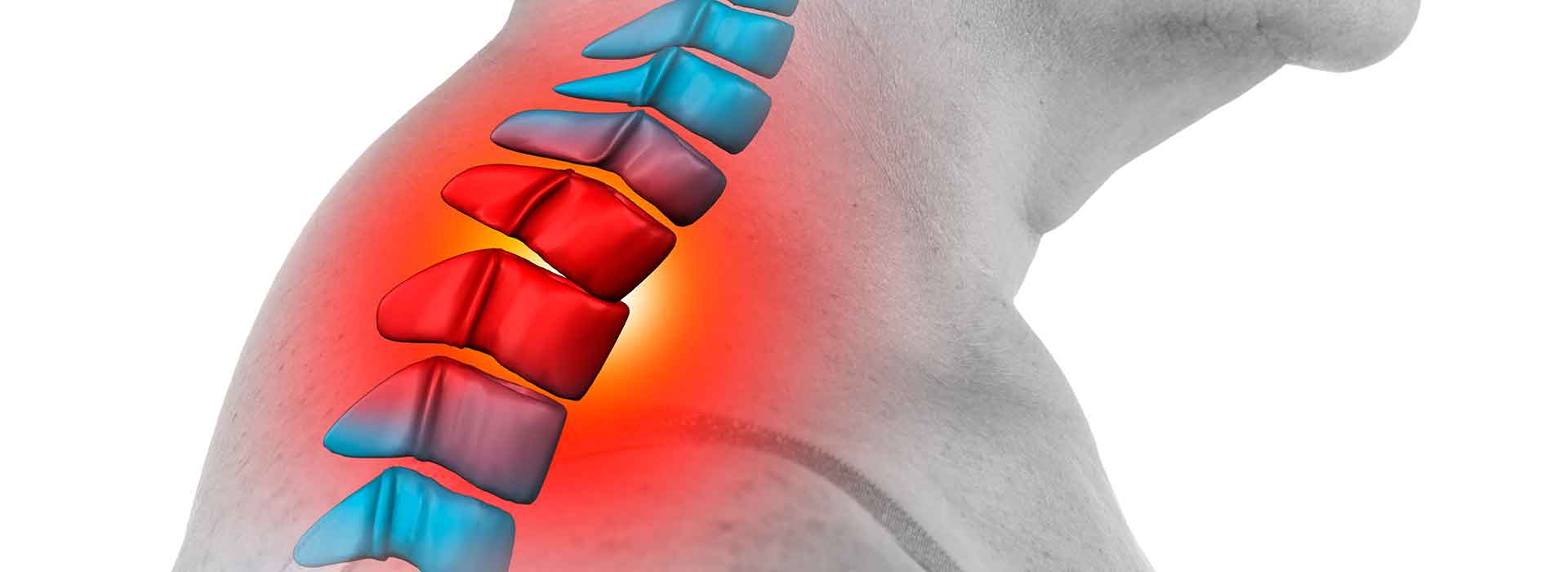Why is PEEK ideal for spinal cages?
PEEK spinal cages are intervertebral implants typically used in vertebral fusion procedures. Such procedures are indicated in a variety of degenerative and traumatic spinal conditions, including scoliosis, spondylolisthesis and conditions arising from arthritic growth, like lateral stenosis. PEEK spinal cages are also indicated when the spinal column has suffered trauma, which may lead to vertebral fractures or herniated disks.
PEEK or titanium?
There is some ongoing debate among medical researchers and surgeons regarding whether PEEK or titanium is superior. While there is no clear answer to this debate, PEEK brings several important advantages to spinal fusion procedures. These advantages can be preserved even when PEEK is coated with titanium. There have been numerous advancements in PEEK spinal cages, including implants that offer antimicrobial properties or implants designed for superior osseointegration.
What properties do PEEK spinal cages offer patients undergoing spinal fusion?
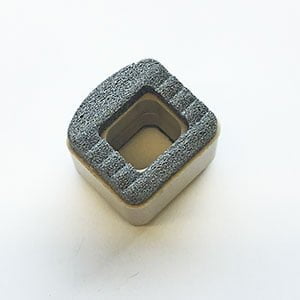 Extensive biocompatibility – Few materials are designed for use in the human body, and it’s difficult to find a non-cytotoxic material that can be fabricated and machined into a variety of components. Titanium is one of those materials, which is why it was the only viable option for many years. PEEK is changing the medical implant landscape as it offers a viable alternative to titanium and is completely biocompatible once implanted.
Extensive biocompatibility – Few materials are designed for use in the human body, and it’s difficult to find a non-cytotoxic material that can be fabricated and machined into a variety of components. Titanium is one of those materials, which is why it was the only viable option for many years. PEEK is changing the medical implant landscape as it offers a viable alternative to titanium and is completely biocompatible once implanted.- Radiolucency (clarity) during imaging – Vertebral fusions have been greatly improved upon over time. However, it is still a procedure that requires frequent inspection to ensure the spine is responding appropriately to the implant. This has long been an issue with titanium, as it obscures attempts to image the surgical site. At times, this can make procedures involving titanium implants more difficult to manage, as the physician has to work with limited information from imperfect imaging. When PEEK implants were first developed, it was immediately clear that inherent radiolucency of the material would be advantageous. Before long, it was introduced and is now the standard for procedures that demand imagining transparency. Unfilled PEEK spinal cages are transparent on X-ray, CT and MRI images, allowing physicians to confirm the implant’s placement, position and integrity over time. As serious complications can arise from spinal fusions occasionally involving the implant migrating, PEEK’s radiolucency makes it easier for doctors to confirm a good outcome. Should a surgeon or application requirement need to have a PEEK implant visible during imaging procedures, basic additives can be incorporated into the PEEK so that the implant is visible during imaging.
- Excellent resilience – During and following vertebral fusion surgery, it is the implant’s job to impart the physical properties that are key to proper spinal function. In short, the implant must be able to bear weight and maintain its shape while providing enough flexibility to allow for movement. That’s a lot to ask for from a single material, and even though titanium readily fuses to bone, it has some issues providing the needed flexibility and resilience. A 2012 German study, published in BioMed Central Musculoskeletal Disorders, tracked more than 150 patients who underwent spinal fusions and received either a titanium or PEEK implant. The study found that PEEK performed better in terms of subsidence. In other words, the PEEK implant was much less likely to cave in and lose its shape with time. Another study in 2013 confirmed the finding, determining that PEEK allows for a greater intervertebral height over time, compared to titanium.
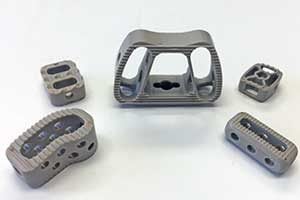 Physical properties similar to bone – Although titanium is sturdy and safe, it is far more rigid than bone, which makes it tougher to forecast how the implant will behave in the body. This is not the case with PEEK as it comes with a similar modulus (or stiffness) to bone. Surgeons can be assured that when a PEEK spinal cage is implanted, it will behave like the bone that surrounds it. The benefit of a similar modulus is much like the benefit that radiolucency offers. Because the physician knows exactly how the PEEK spinal cage will behave once implanted, it will be easier to predict what the implant will do once placed. This could be important in preserving neighboring bone density. An issue with some implants is that they bear too much weight. This reduces the load placed on neighboring vertebrae and discs, and the result is known as stress shielding. Stress shielding results in loss of bone density, as the bone no longer has to bear much weight. Lower bone density means a greater chance of fractures, so it is an undesirable outcome. PEEK mitigates stress shielding by bearing an amount of weight similar to natural bone.
Physical properties similar to bone – Although titanium is sturdy and safe, it is far more rigid than bone, which makes it tougher to forecast how the implant will behave in the body. This is not the case with PEEK as it comes with a similar modulus (or stiffness) to bone. Surgeons can be assured that when a PEEK spinal cage is implanted, it will behave like the bone that surrounds it. The benefit of a similar modulus is much like the benefit that radiolucency offers. Because the physician knows exactly how the PEEK spinal cage will behave once implanted, it will be easier to predict what the implant will do once placed. This could be important in preserving neighboring bone density. An issue with some implants is that they bear too much weight. This reduces the load placed on neighboring vertebrae and discs, and the result is known as stress shielding. Stress shielding results in loss of bone density, as the bone no longer has to bear much weight. Lower bone density means a greater chance of fractures, so it is an undesirable outcome. PEEK mitigates stress shielding by bearing an amount of weight similar to natural bone.- Rapidly improving osseintegrative properties – While standard PEEK, on its own, doesn’t encourage bone growth onto/into the implant as well as titanium, PEEK implants coated with titanium are one way to solve this issue. And there are already other versions of PEEK spinal cages designed to overcome this concern. Such implants are designed with a legion of tiny pores that are augmented with hydroxyapatite, which encourage neighboring bone to grow into the implant to help ‘lock’ it into place. This will likely be the standard design in the near future.
PEEK spinal cages are one of the oldest medical components made from the high-performance polymer. They have been implanted successfully in millions of patients, and the devices have done an admirable job in improving outcomes for patients with spinal conditions.



